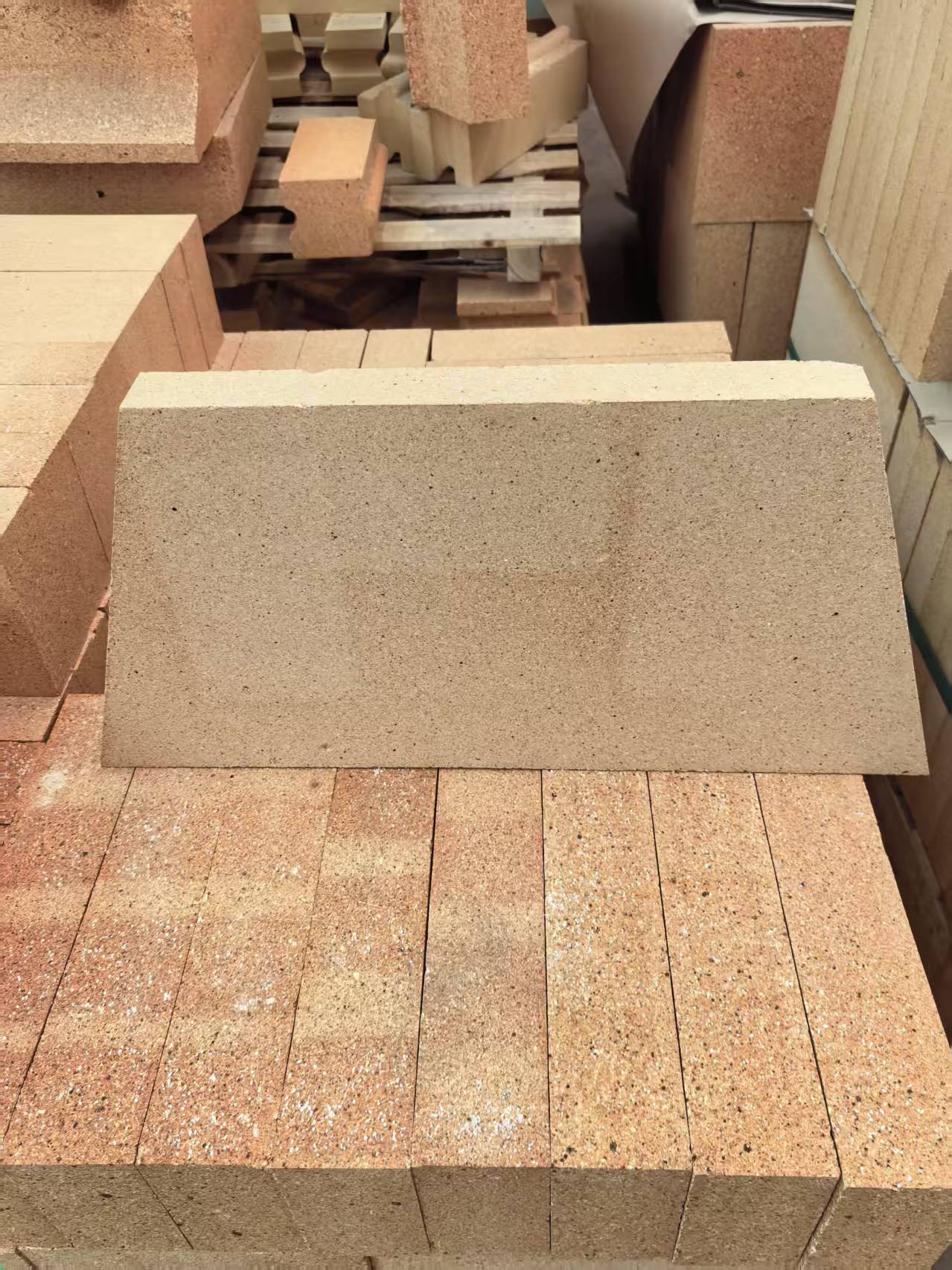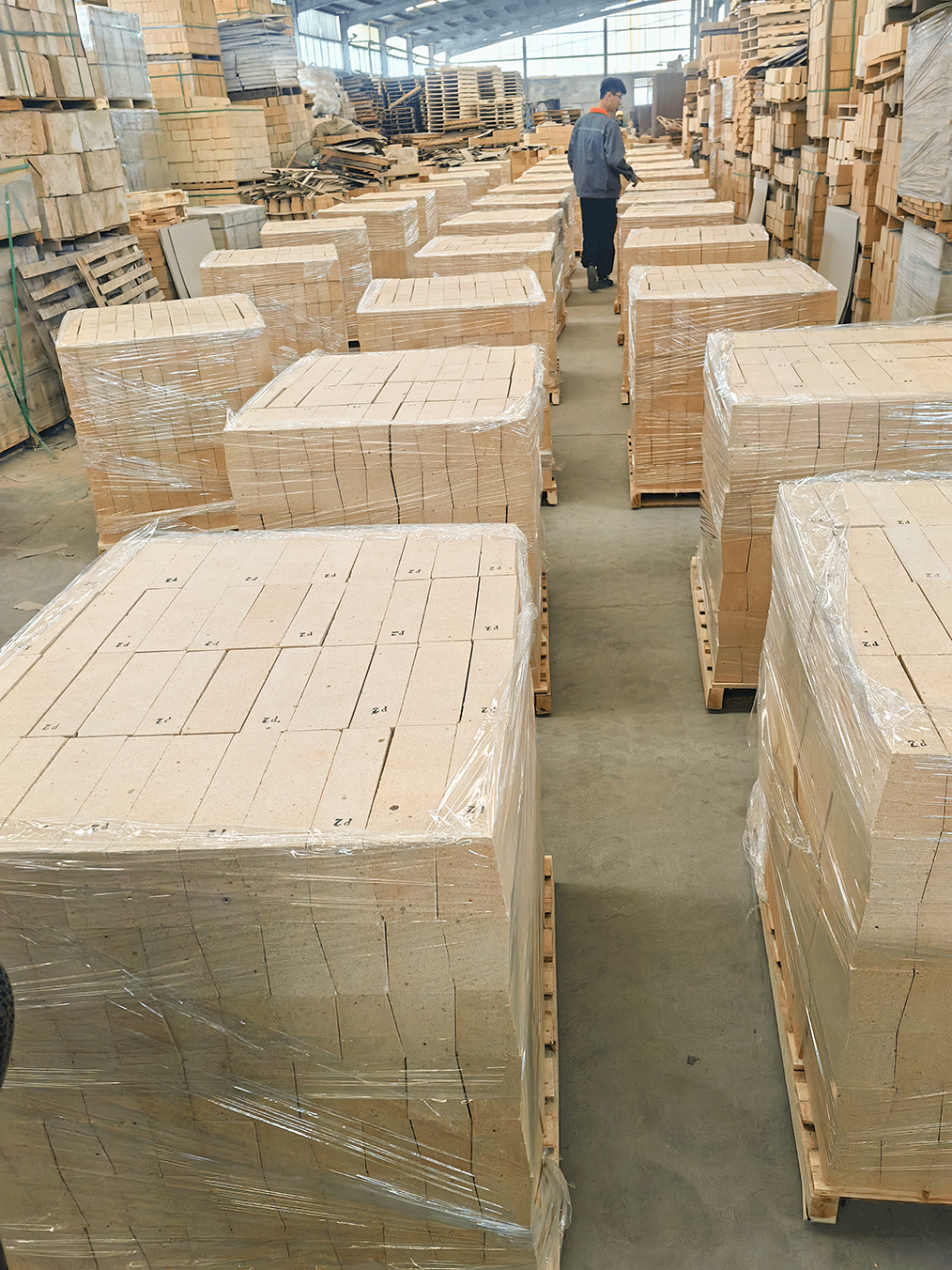Fire Clay Brick: Reliable Refractory Solution for Industrial Furnaces
Fire clay brick is one of the most widely used and time-tested refractory materials in the world. Known for its excellent thermal stability, cost-effectiveness, and strong resistance to chemical corrosion, it remains a staple in furnaces, kilns, boilers, and incinerators across various industries.
Made primarily from fire clay — a natural aluminosilicate material rich in Al₂O₃ and SiO₂ — these bricks are engineered to withstand continuous service temperatures between 1300°C and 1700°C, depending on their alumina content and manufacturing process.
Composition and Manufacturing
Fire cla bricks are produced from high-grade refractory clays containing 25–45% alumina (Al₂O₃), silica (SiO₂), and small amounts of fluxing oxides like Fe₂O₃, TiO₂, CaO, and MgO.
The prduction process involves:
Crushing and Mixing: Raw clay is crushed and mixed with water to achieve uniform plasticity.
Molding or Extruding: The mixture is shaped into standard or custom-sized bricks.
Drying and Firing: The shaped bricks are dried and then fired at temperatures above 1300°C, giving them a dense and durable ceramic structure.
Depending on application needs, fire clay bricks can be dense (for load-bearing or structural linings) or insulating (for lightweight thermal insulation layers).

Key Properties of Fire Clay Brick
High Refractoriness
Standard fire clay bricks can withstand up to 1700°C, maintaining their shape and structural integrity under continuous heat exposure.
Excellent Thermal Shock Resistance
Their balanced composition allows the brick to handle repeated heating and cooling cycles without cracking.
Chemical Resistance
Fire clay brick resists attack from acidic slags, gases, and fluxes, making it suitable for various metallurgical and chemical processes.
Good Mechanical Strength
Even under high temperatures, the bricks retain good compressive strength, ensuring stability in furnace walls and arches.
Dimensional Stability
Precise firing control during manufacturing ensures consistent size, shape, and minimal shrinkage.
Economical and Versatile
Compared to high-alumina or silica refractories, fire clay bricks offer excellent performance at a lower cost, making them ideal for general-purpose applications.
Types of Fire Clay Bricks
Low Duty Fire Clay Brick (≤35% Al₂O₃):
For low-temperature furnaces, fireplaces, and boilers.
Medium Duty Fire Clay Brick (≈38–42% Al₂O₃):
Suitable for furnaces, incinerators, and rotary kilns up to 1400°C.
High Duty Fire Clay Brick (≥42% Al₂O₃):
Used in steel, cement, and glass industries where temperatures reach up to 1700°C.
Insulating Fire Clay Brick:
Lightweight with high porosity, offering low thermal conductivity and excellent energy efficiency.

Applications Across Industries
Metallurgy:
Used in blast furnaces, hot blast stoves, ladles, and reheating furnaces.
Cement Industry:
Ideal for rotary kiln linings, preheaters, and coolers due to their resistance to clinker and heat.
Glass and Ceramic Production:
Provides a stable working environment in kilns, melting tanks, and annealing lehrs.
Power Plants and Boilers:
Used in boiler walls, flue linings, and incinerators due to their strong heat resistance.
Petrochemical and Chemical Industries:
Protects reactors, furnaces, and heaters from corrosive gases and temperature fluctuations.
Advantages of Using Fire Clay Brick
Reliable thermal performance up to 1700°C
Strong resistance to chemical attack and slag erosion
Durable and cost-efficient, ideal for large-scale installations
Easy to install and replace, available in standard and custom sizes
Stable performance in both oxidizing and reducing atmospheres
Conclusion
Fire clay brick remains a cornerstone material in refractory engineering — combining affordability, durability, and proven performance under heat. Whether used as a primary lining in furnaces or as backup insulation behind high-duty refractories, these bricks deliver consistent protection, thermal efficiency, and long-term reliability.
Its balance of strength, heat resistance, and cost-effectiveness makes fire clay brick a preferred choice across industries striving for stable and efficient high-temperature operations.
Inquiry Now
Please leave your e-mail and we will contact you as soon as possible
contact us
Your satisfaction is our top priority. Whether you have questions, need support, or want to share feedback, our dedicated team is ready to assist you every step of the way.